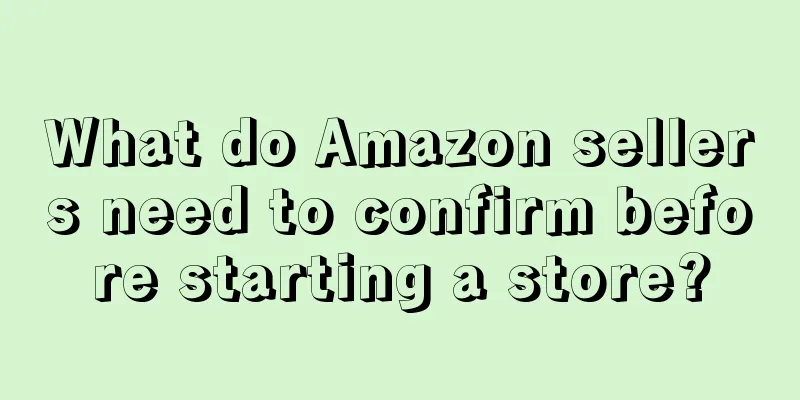Opening a store on Amazon is different from opening a store in China. A lot of preparation work needs to be done before opening a store. So what preparations do we need to make to become sellers on Amazon?
1. Confirm company information
Before all the work, we must first register an Amazon seller account. To register a seller account, we need to fill in some specific information, such as company name, email address, credit card information, etc. So don’t think this content is too trivial. This is the real first step in starting our Amazon business.
2. Individual or professional seller
There are two types of sellers on Amazon, Individual Sellers and Professional Sellers. There is no difference in the treatment of these two types of sellers in terms of sales behavior, but Amazon charges commissions to these two types of sellers in a slightly different way. Individual sellers are required to pay a commission of $1 for each product sold, while professional sellers pay a monthly fee of $39.99 per month. So if we plan to sell 40 products or more per month, then it is obviously a better choice to choose a professional seller account. But if you want to practice first and find a more suitable entry point in the ocean of Amazon, you can also start as an individual seller. Individual sellers can switch to professional sellers at any time, but once they become professional sellers, they can no longer become individual sellers.
3. FBA or FBM
FBA refers to the delivery of goods through Amazon, while FBM requires sellers to choose their own logistics and express companies to complete the delivery. Using the FBA service, sellers only need to send the products to an Amazon warehouse and then no longer have to worry about shipping matters. Amazon naturally will not provide such a convenient service to sellers for free. Sellers need to pay storage fees according to the rules set by Amazon. Despite the additional fees, FBA's super value returns are still worth our strong recommendation. You don’t have to worry about returns or exchanges, nor do you have to worry about AZ complaints.
If the seller intends to choose the warehouse location, logistics company and courier method by themselves, then there is no doubt that they need to invest more time in this regard. At the same time, you must also be responsible for the logistics and express delivery methods you choose. If the product is damaged or has other problems, you need to deal with it yourself. This method can still be used when sales are just starting out and sales are limited. However, as sales grow and the sales business unfolds, sellers will gradually have less and less energy to devote to this direction. The marginal benefits continue to decrease, and in the end it may even become a burden.
4. Does the product require certification?
Some categories of products on Amazon may require sellers to have corresponding qualifications before they can be sold. So we have to pay attention to this aspect when doing product research. If the product we choose is a restricted commodity, then we may incur additional expenses and face some unexpected challenges. Additionally, some products may require specific labeling and packaging methods. Amazon will have clear guidelines on these contents, so what we need to do is to ensure that our products meet all of Amazon's requirements. This can avoid problems such as the goods not being able to enter the warehouse when they are delivered.
5. UPC code
Every product should have a barcode on it. The only globally accepted barcode is the UPC barcode developed by GS1. To obtain a barcode, we can apply for a company ourselves, and then apply for a company prefix from GS1. Then we can purchase barcodes. According to the quantity of our products, we can purchase the corresponding number of barcodes.
This is the end of the knowledge about Amazon sellers in this issue. If you want to get more information about Amazon sellers, please pay attention and we will continue to answer you~

